Teotihuacan and Palenque
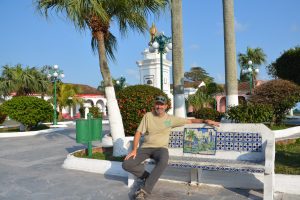
I’m taking a break from the rigours of travel in a beautiful plaza in the historic town of Tlacotalpan
The term Mesoamerica is packed with history, culture, architecture, religion and language in a region stretching from central Mexico through most of Central America. It is one of six areas of the world where ancient civilisation arose independently and its two most famous societies were the Aztecs of central Mexico and the Mayans of the Yucatan Peninsula. On a cold frosty morning we walked from our campsite to visit one of the most extensive and spectacular set of ruins in all of Mesoamerica – the ancient pre-Aztec capital of Teotihuacan.
The city of Teotihuacan started perhaps around 100BC and expanded its size, wealth and influence over the broad region for up to 800 years. At its zenith Teotihuacan housed as many as 125,000 people in a complex multi-layered society with different groups assigned different responsibilities and the establishment of a formal grid network of roads, a written language, full water and sewage systems, unique architecture and spectacular buildings around strong religious and political beliefs. By some estimates Teotihuacan was the sixth largest city of the world at that time and yet completely unknown to the rest of the world.
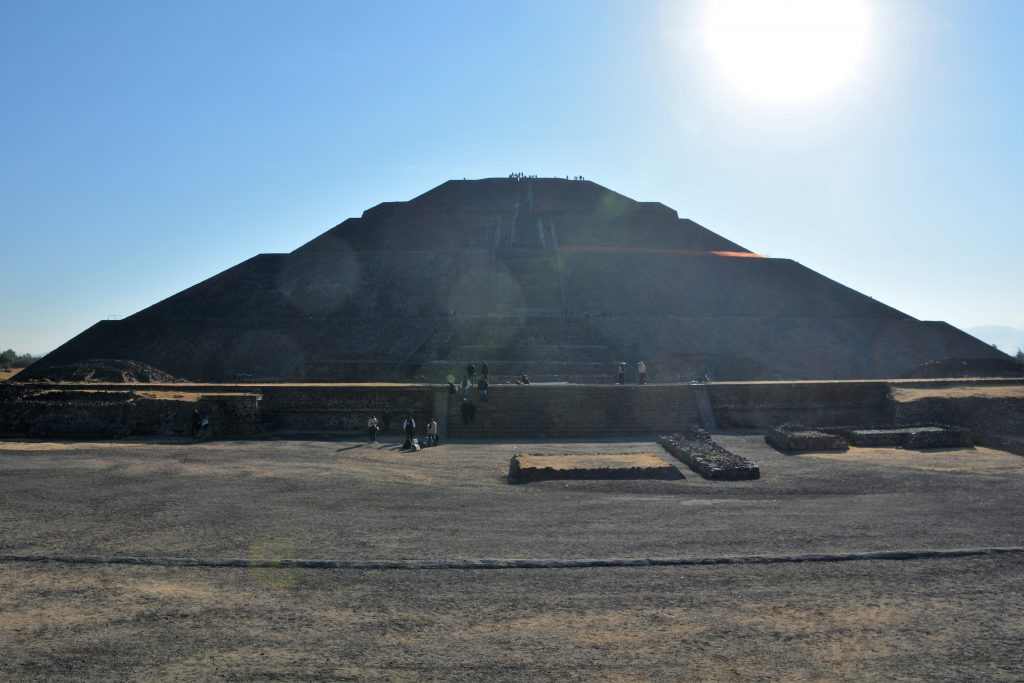
Our first early morning view of The Temple of the Sun, a massive structure built without beasts of burden, metal or the wheel
But Teotihuacan’s overwhelming claim to fame, and the main reason millions of Mexicans and foreign visitors flock to the site each year, is the two spectacular pyramids that play such a prominent role in the layout of the city and its history. The Temple of the Sun rises 232 feet (almost 80 metres) from the Avenue of the Dead, the city’s main thoroughfare, and when the early morning crowds were light we climbed up its steep steps to gain spectacular views of the whole complex and its slightly smaller nearby sister, the Temple of the Moon. The experience of standing on the top of this huge man-made structure was just awesome.
From the top of the nearby Temple of the Moon, positioned at the end of the complex and towering above the main plaza with its altar in the centre, we could look all the way down the broad Avenue of the Dead to take in the whole scene. What it must have been like for priests and political heads to hold ceremonies in front of ten of thousands of people perhaps 1500 years ago gives you a real shiver. Amazing stuff.
We went through the excellent museum and wandered around some of the adjoining structures before the heat and growing crowds did us in. We had lunch and caught a taxi back to the campground, showered and were on the road by early afternoon. We spent the night south of Mexico City in a place called Cholula in the carpark of a hotel that allows overlanders to park and met two separate couples who were on a similar mission to us. The overlander world is small and friendly.
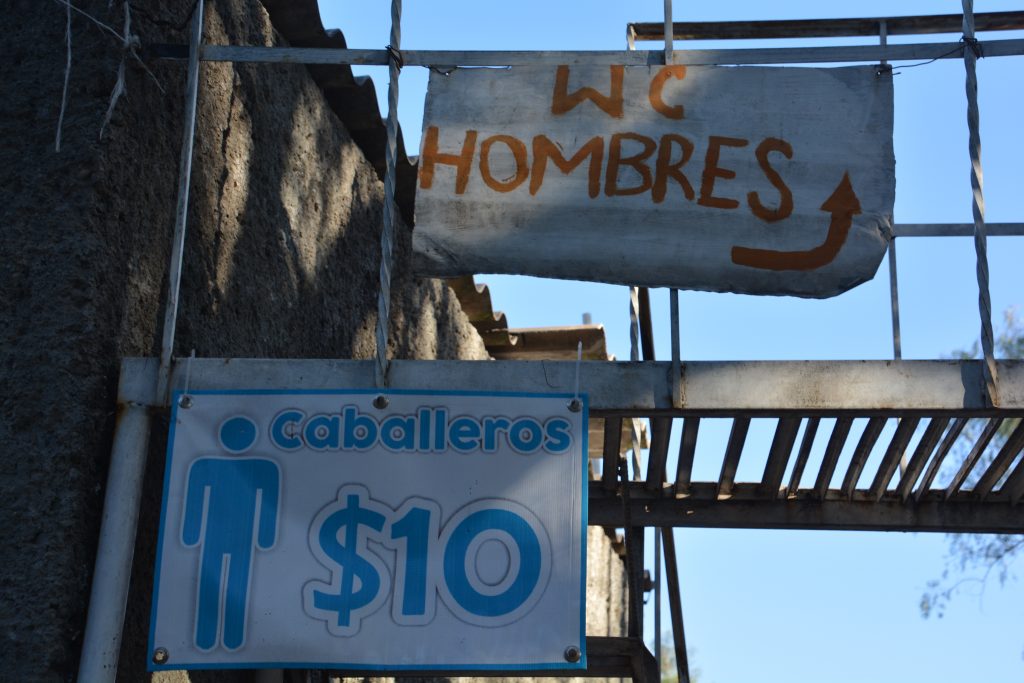
You have to pay for public toilets everywhere you go, even if they are very low standard. Its a bit confusing at first but Mexico uses the dollar sign for Pesos – so this toilet was 10 Pesos, about 50 cents
Our next mission was the ancient Maya site of Palenque which is down in the state of Chiapas. We planned to cover this distance in two longish days and planned the route based on two factors – first, what is there to see along the way, and second, where can we camp. The second factor is the hardest because Mexicans clearly do not have camping in their culture and there are virtually no campgrounds of any sort, even in the national parks, that we can use. The only people who camp are travellers like us and there aren’t enough of our ilk to sustain a network of campgrounds. Hence why we’ve been camping in car parks and makeshift camping spots.
But thanks to the wonderful app called iOverlander, which is the bible for overlanders looking for camping spots used by other overlanders who have gone before them, we are able to find reasonably good – that is, safe and secure – places to spend the night. And so we chose to visit the UNESCO World Heritage town of Tlacotalpan and camp in the lakeside town of Catemaco, both near the coast of the Gulf of Mexico.
To get to Tlacotalpan, however you say it, we left the high elevation plateau of central Mexico and dropped down to the fertile and warm Gulf coast. The contrast from the high dusty deserts to the lush green coastal areas with fields of sugar cane, buying pineapples from roadside vendors and driving amongst the banana trees, palms and jungle-like canopy of trees that cover our road was absolutely amazing. We loved the desert but we immediately fell for the tropical green, fat cows and higher temperatures.
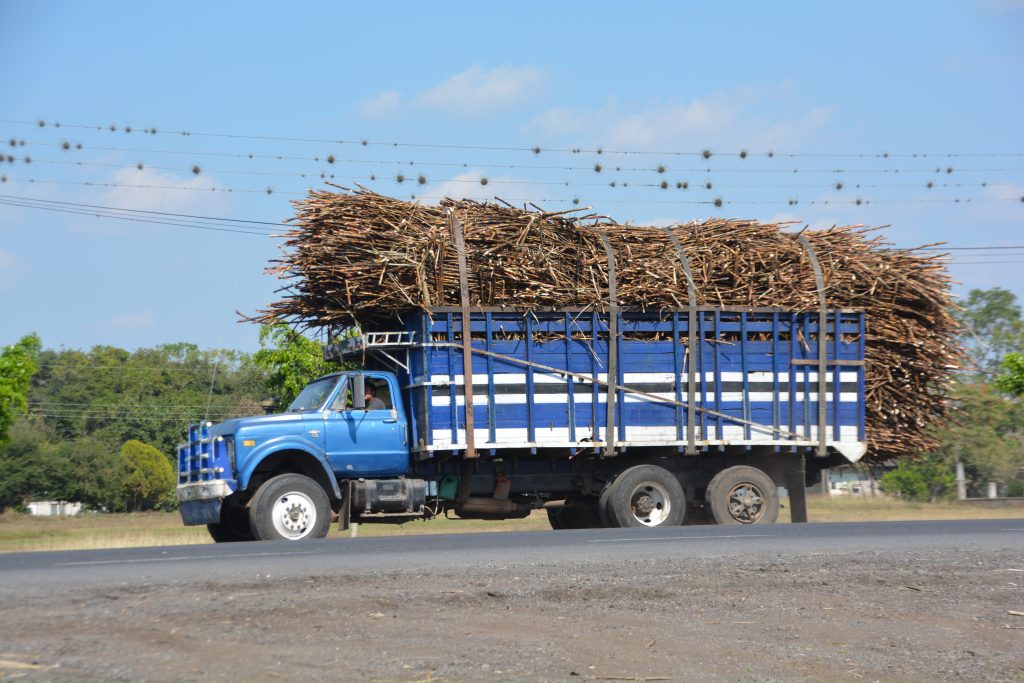
We entered sugar cane country which means the roads were dominated by this ancient trucks overloaded with sugarcane
Tlacotalpan grew under Spanish colonial rule as a thriving river port, receiving paddle boats from New Orleans and ships from Europe and South America. The Spanish for all their faults know how to build cities and in Tlacotalpan they built traditional plazas in the middle of town, beautiful churches, grand administration buildings and an appealing waterfront. We strolled along the streets, loved the brightly coloured buildings, visited their two 200 year old churches and took umpteen photos of their brightly coloured structures. Tlacotalpan deserves more recognition – we loved it.
We followed the coast, pulling in to catch views of the Gulf surf, admired the fertile hills after weeks of dry brown desert. It was a long driving day but we eventually made it to Catemaco, a popular holiday spot for visiting Mexicans with a large lake of the same name. A warm evening, nice fire and garlic prawns all topped off the day.
As it turned out, Catemaco was a top spot, an attractive town with a lovely promenade along the water’s edge, a stylish church with a beautifully painted interior and our first real stained-glass windows. We bought a few supplies and took in the whole scene while the town was opening up for the day.
Then it was on the road, both good and bad, alternatively both free secondary roads and slightly better toll roads, through the towns of Acyucar and Villahermosa. It was a longish day, made enjoyable by the constant activity on the sides of the roads and the ongoing battle of jungle vs. man as the jungle relentlessly tried to overtake the hard work man had done to clear fields, run livestock and maintain private backyards.
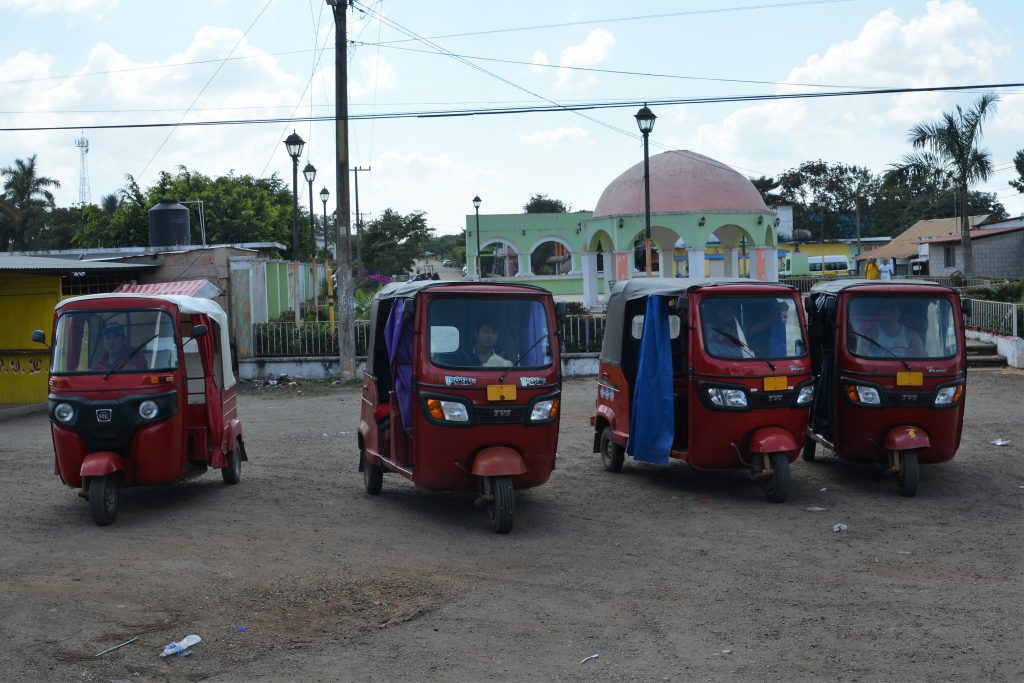
Hang on, where are we? A familiar scene to anyone visiting Thailand but we were amazed when we started driving through villages that featured good old tuk tuks as the local taxi service.
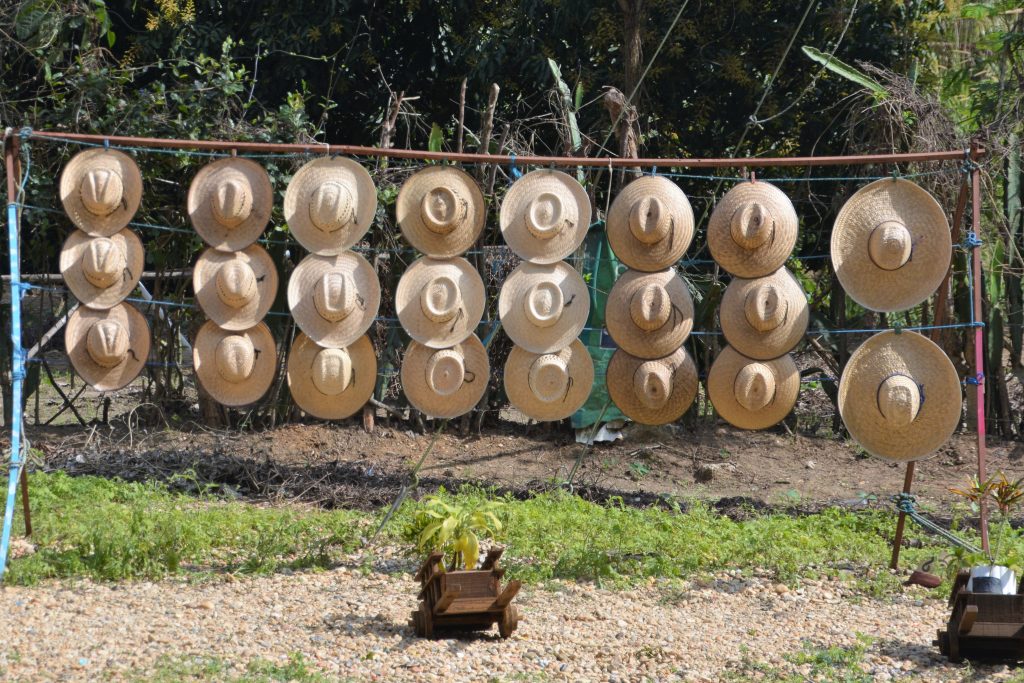
Mexicans love their straw hats and you see them everywhere – including for sale on the side of the road
We arrived at our target of Palenque, home to one of the most spectacular Mayan ruins, and set up camp in the grounds of a local hotel with thick impenetrable jungle all around us. From our campsite we could hear the howler monkeys calling out like wounded velociraptors all night long. No more cacti in this part of Mexico, it’s a jungle out there.
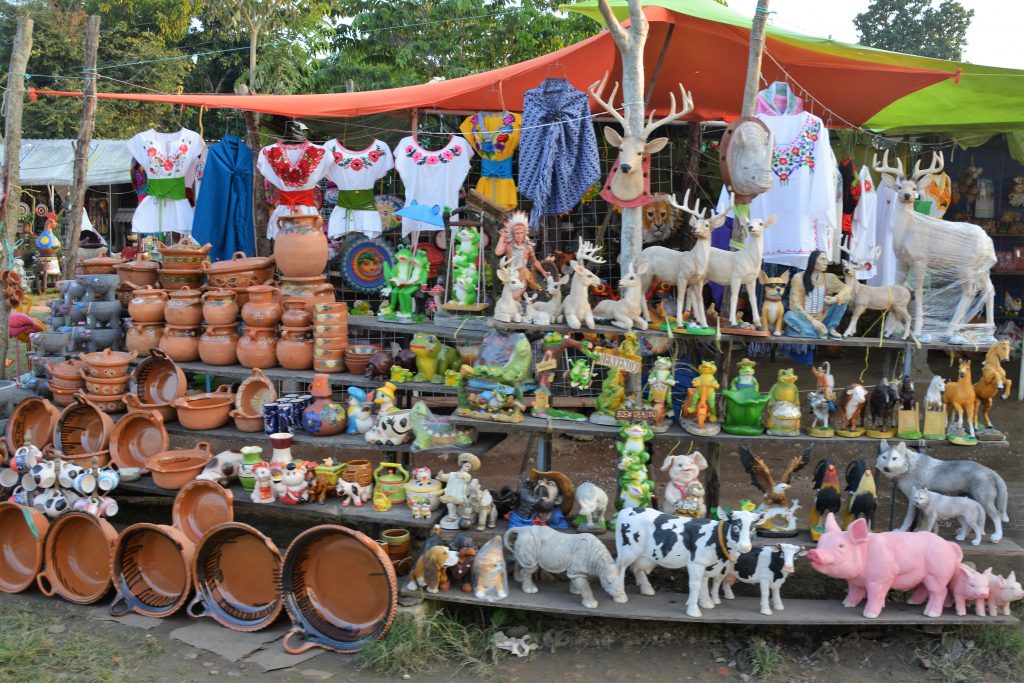
Everything is for sale on the side of the road and its good fun to check it out as we pass through small towns
The Mayan ruins of Palenque are a national treasure, some of the largest and most well preserved structures in Mexico. While the first inhabitants settled in the area around 100 BC the city’s main structures did not start being built until around 100 AD. The hieroglyphics of the site provide a surprisingly clear history of the hereditary rulers who built these magnificent temples in their own honour and to persuade both their own peasants and their enemies of their might.
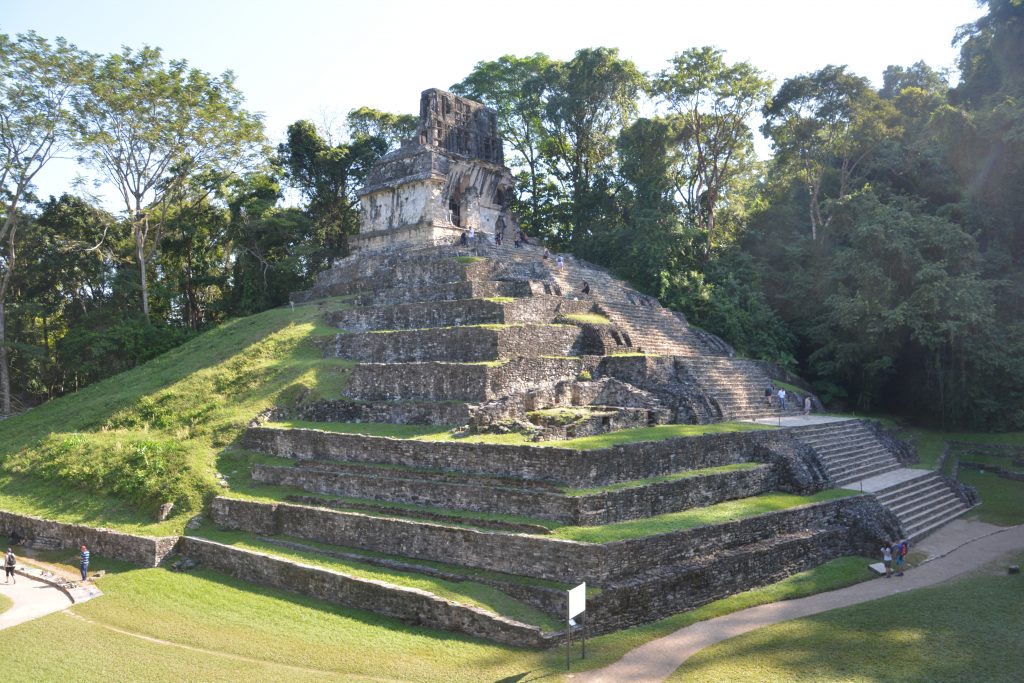
The largest temple from the cluster called Temples of the Cross – notice how only the front half is fully recovered

The ruins of Palenque did have some permanent residents – very handsome large lizards, perhaps a monitor lizard
Julie and I walked amongst these ruins for most of the morning, climbing every steep stone staircase to see detailed carvings of their rulers and gain a broader perspective of the city peaking up above the jungle before its demise around 900. And the contrast with the more famous Teotihuacan couldn’t be more stark – one with huge pyramids towering over the barren desert and the other with tall rectangular structures set amongst the creeping thick green jungle. We loved them both and can’t wait for more.
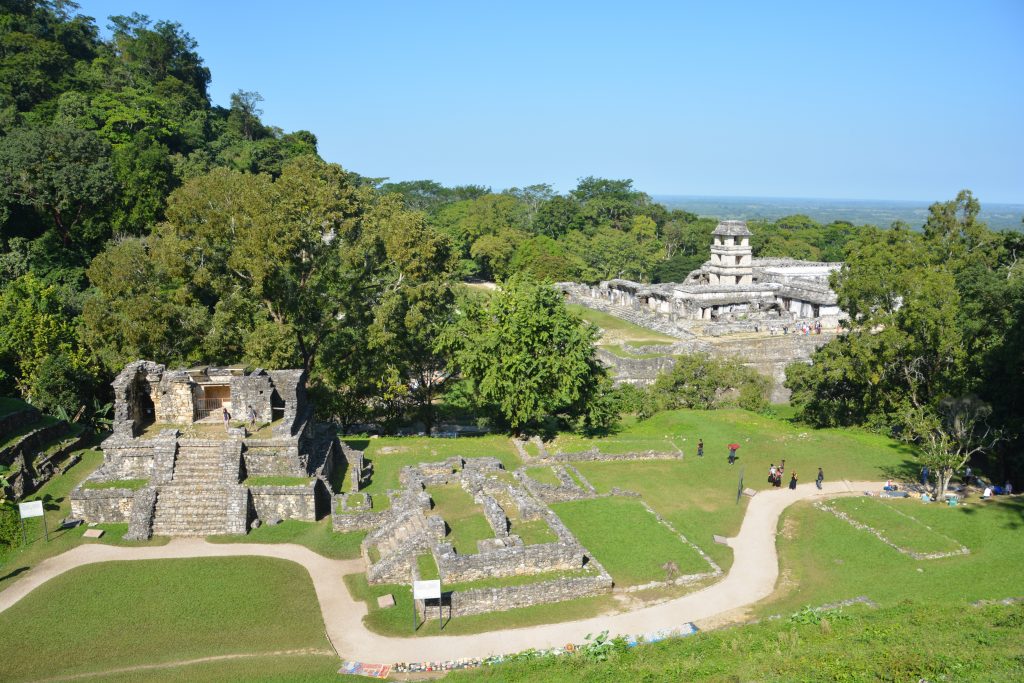
The jungle took over these sites after the Mayans left but they’ve been beaten back a bit to expose these great wonders
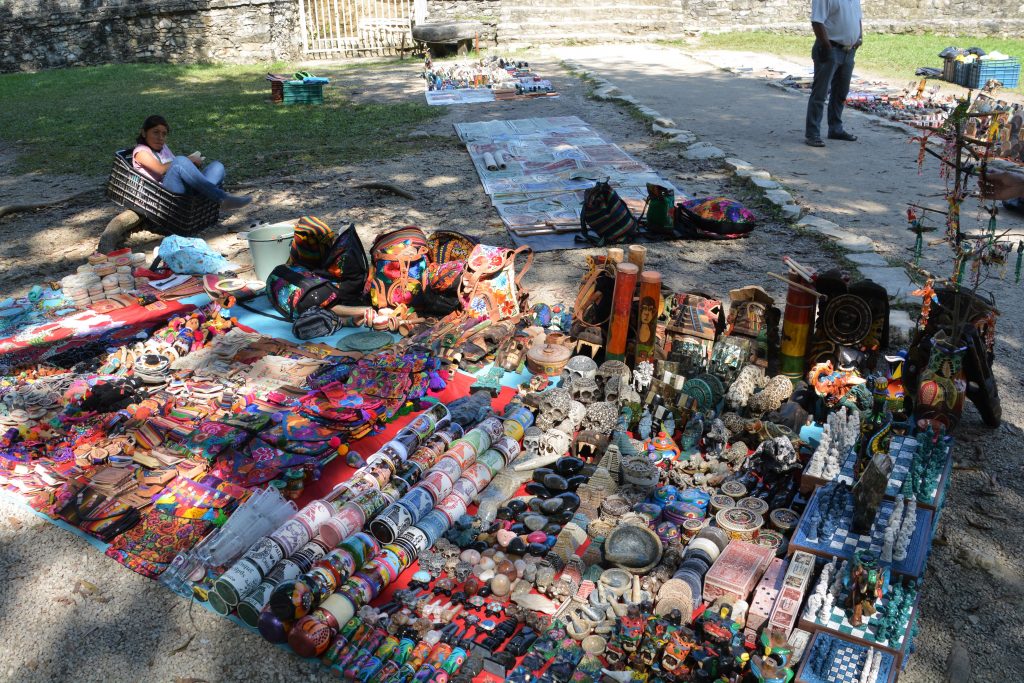
And of course there’s shopping! Every bit of shade at Palenque was taken up by someone with something to sell
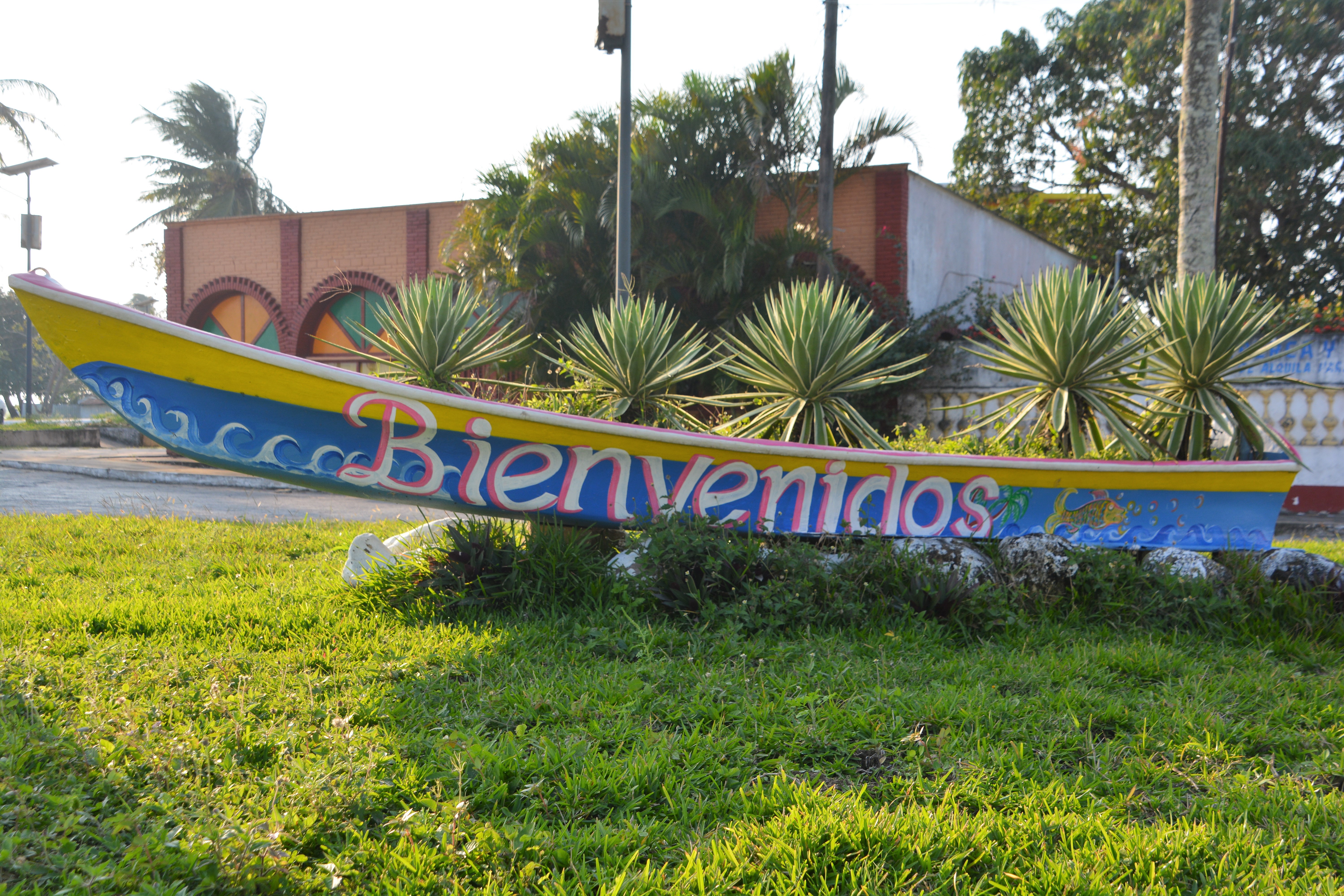

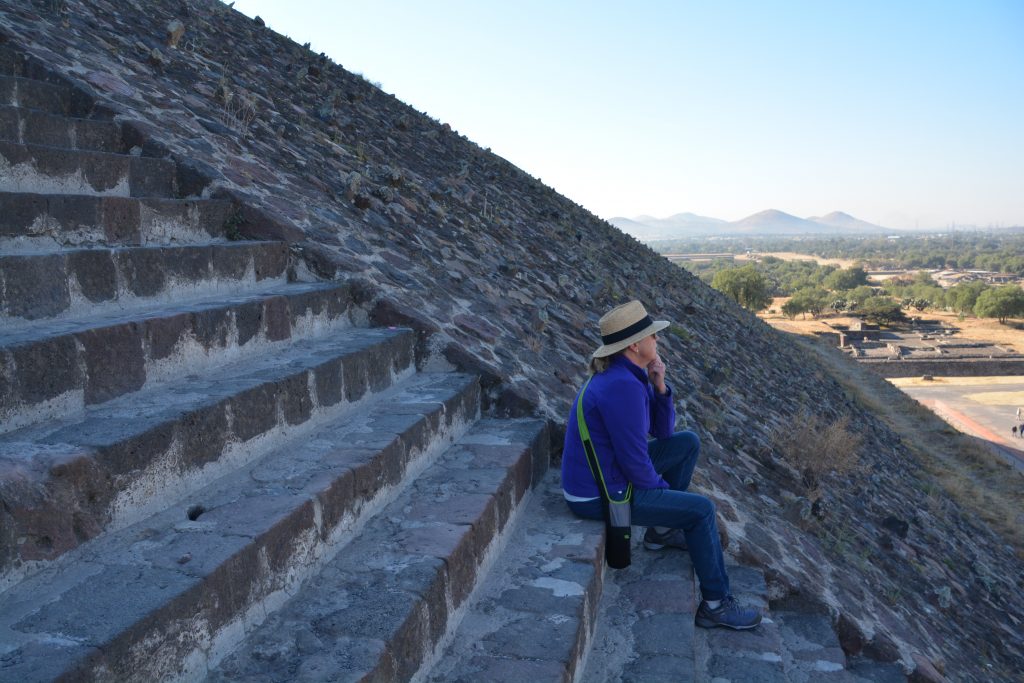



















Comments
Teotihuacan and Palenque — No Comments
HTML tags allowed in your comment: <a href="" title=""> <abbr title=""> <acronym title=""> <b> <blockquote cite=""> <cite> <code> <del datetime=""> <em> <i> <q cite=""> <s> <strike> <strong>